Before the Rural Dialogues came to Itasca County, residents were already noticing climate shifts that were prompting warmer winters and warming lakes, a changing forest landscape, and stronger storms. In a place like Itasca County, these changes pose serious threats to the local economy, local recreational opportunities, and the overall quality of life of residents.
In May 2015, we convened 18 members of the community to learn more about the changes they were seeing, the long term impact of the changes, and community actions they could take to help address risks and realize new opportunities. Since then, Itasca County residents are working to build new partnerships, spur greater individual and community action, and protect their unique natural inheritance.
Take a look at the community recommendations in the 2015 Itasca Climate Dialogue Final Report
In May 2018, we hosted the Itasca County Energy Dialogue to consider local energy issues.
Download the 2018 Itasca Energy Dialogue Final Report
Extreme weather affects Itasca County

Residents in Itasca County face warmer winters, increased thunderstorms, increased heat waves, and increased droughts, which can cause forest fires. These factors will affect storm management and public health systems, fisheries, growing seasons, pest management, air conditioning and energy use, and property values.
Itasca Climate Dialogue

On May 14-16, 2015, 18 randomly selected residents of Itasca County came together to consider changes in weather and climate, and the impacts of those changes on their economy, tourist industry, public infrastructure, forests, fish and wildlife, and water resources. You can download the full final report here!
Top challenges in Itasca County

The top concerns of participants included the need for long-term natural resources planning to address changes, extreme temperatures, severe floods, the affect extreme weather has on both public infrastructure and private investments, the fish population, pine forests, and the effect of the Emerald Ash borer on the tourism and timber industry.
Top opportunities in Itasca County

Community members were excited for better forest management, buffer and cover zones, improved stormwater infrastructure, increased water conservation, and promoting tourism alternatives when the winter snow levels are low.
Individual actions for Itasca County

Residents split up their recommendations for climate change adaptation into individual actions and community actions. On a personal level, they urged other community members to create areas on their property to protect wildlife habitat and water quality, such as building birdhouses and planting native flowers. Along those lines, they also wanted to see a reduction in pesticide use and a shift away from manicured lawns. To promote energy efficiency, individuals can insulate their homes, purchase energy efficient bulbs, appliances, and fuel efficiency vehicles, and support more alternative energy sources in the county.
Community actions for Itasca County
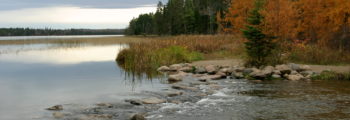
On a community level, residents recommended installing green infrastructure to reduce stormwater runoff, low impact development best practices, educating public officials on the effects of climate change, gather new data and research on weather and climate trends, and create new reasons to draw tourists to Itasca county.
Itasca County High School Dialogue
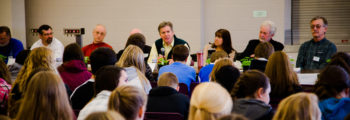
Geography and agriculture students participated in a week long project that studied and discussed the impacts of climate change in Itasca County. Students invited local experts to discuss the changes in a Q & A panel, titled “Woods, Water, and Workforce: What are the current and future impacts of climate change in the Grand Rapids area?”, which included representatives from the Chamber of Commerce and Visit Grand Rapids, a phenologist, a retired forest service agent, research ecologist, and natural resources instructor.
Rural Climate Dialogues State Convening

In an effort to identify common themes from the Rural Climate Dialogues held in three different communities, we invited participants and community members from Stevens, Itasca, and Winona Counties to spend two days in Saint Paul considering the work each community has done and meeting with state agency representatives to identify the best plan for collaboration. Citizens spent the days working across communities to determine the top priorities, actions, and potential obstacles to support resilience in Minnesota’s rural communities.
Community education initiatives
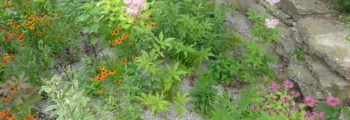
The Grand Rapids High School Green Team and the Interact Club partnered to educate the community on green infrastructure and discuss installing a rain garden on school grounds.
Solar Garden
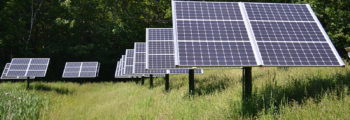
Planning is underway by the Itasca Clean Energy Team and the Grand Rapids Public Utilities Commission to install a community solar garden.
IRRRB–Recharge the Range
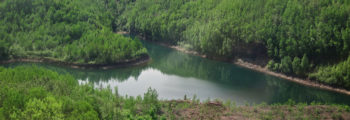
Local leaders are working with the Iron Range Resources and Rehabilitation Board to layout a roadmap to economic development as mining declines in the Iron Range.
Itasca County Energy Dialogue
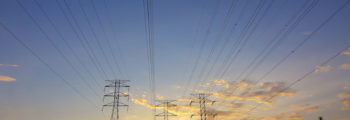
On May 18-19, 2018, a diverse group of residents met to learn about Itasca County’s energy system, discuss energy priorities, and make recommendations to the community. Read the Itasca County Summary Report to see all their recommendations.


